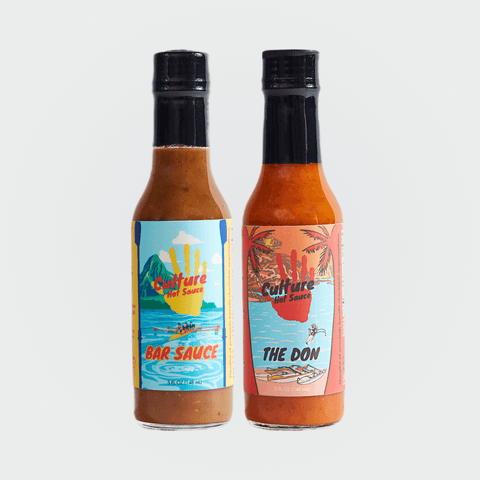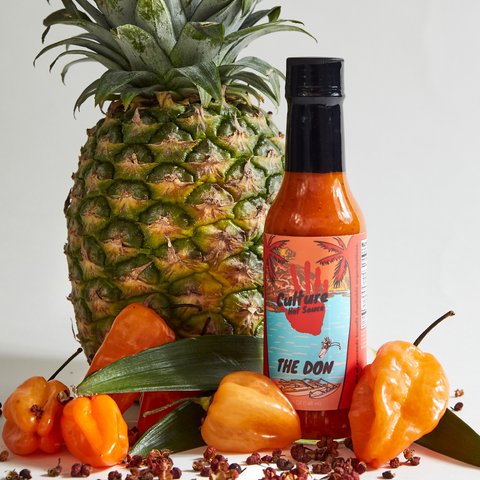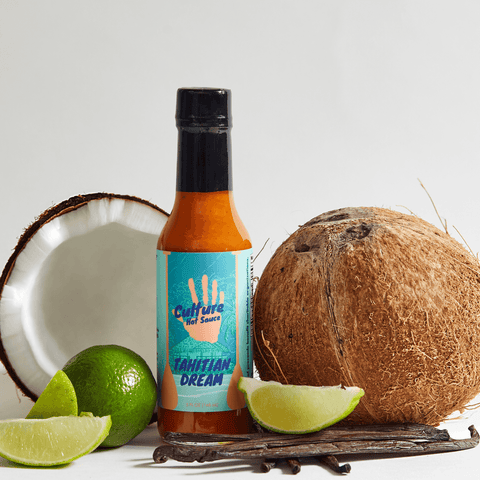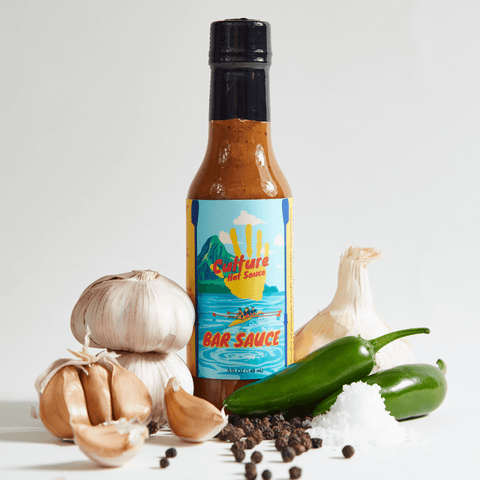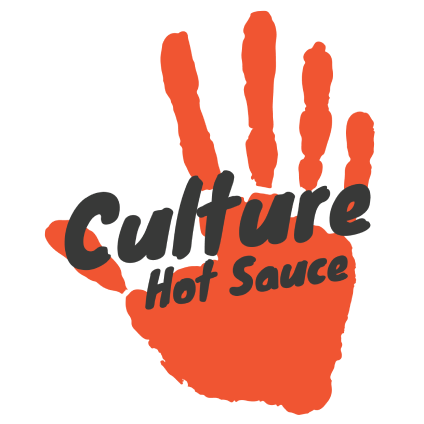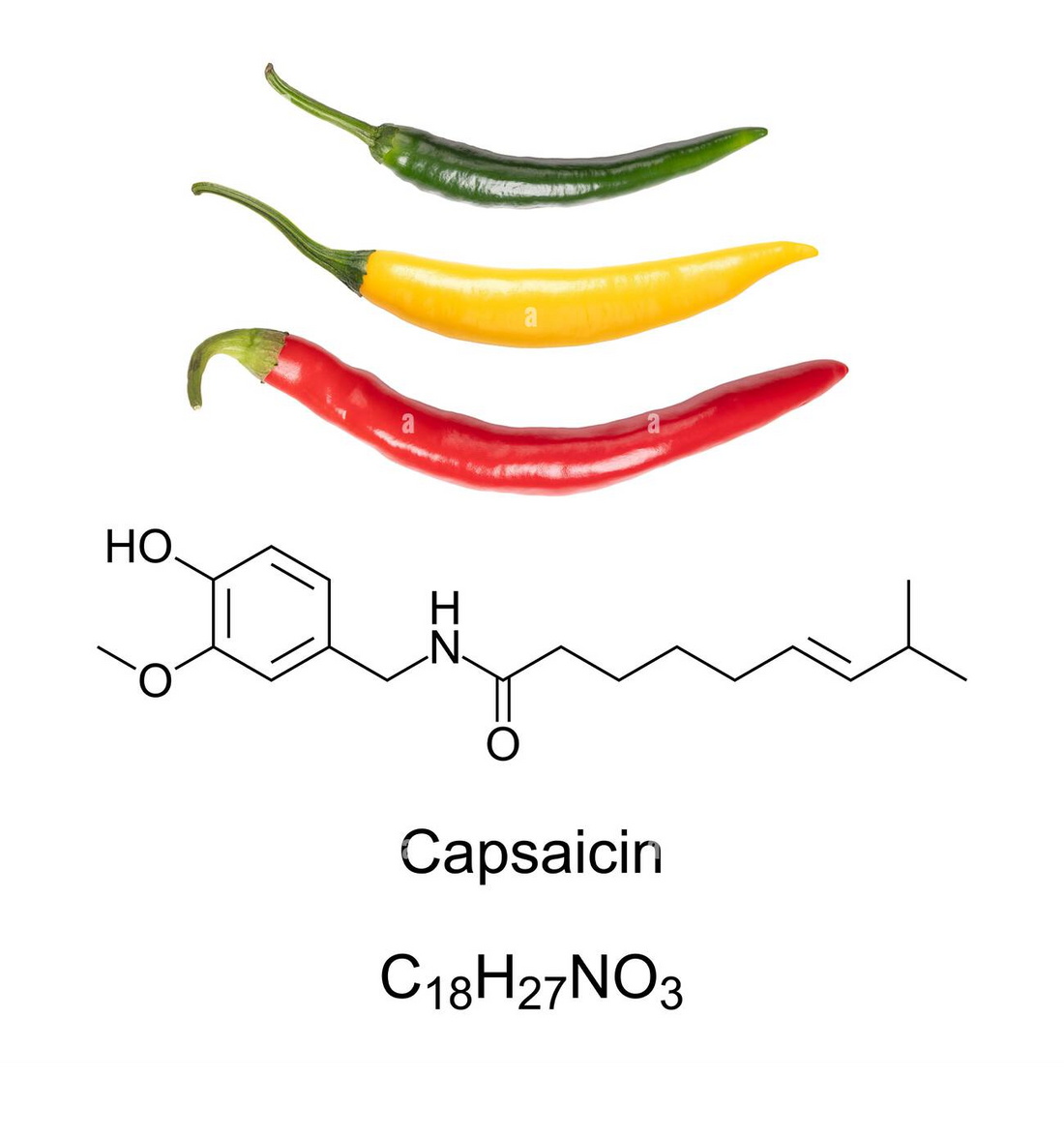The Fiery World of Capsaicin: History, Science, and Uses
Introduction
Capsaicin is the compound that gives chili peppers their characteristic heat. While many people love the spicy kick it provides to their favorite dishes, others find it overwhelming. Beyond the culinary world, capsaicin has a fascinating history and a wide range of applications in medicine and pest control. This blog post delves into the origins, scientific properties, and diverse uses of capsaicin, highlighting why this molecule is so significant.
A Brief History Of Capsaicin
Capsaicin has been a part of human diets and medicinal practices for thousands of years. The use of chili peppers dates back to ancient civilizations in the Americas. Archaeological evidence suggests that chili peppers were cultivated and consumed as early as 7500 BCE in Mexico. The Aztecs and Mayans used them not only for food but also for medicinal purposes, treating a variety of ailments.
When Christopher Columbus encountered chili peppers in the Caribbean in 1492, he brought them back to Europe, where they quickly spread to Africa and Asia. This introduction led to the integration of chili peppers into diverse culinary traditions worldwide, making capsaicin a global phenomenon.
The Science Behind The Heat
Capsaicin is an active component of chili peppers, belonging to a class of compounds called capsaicinoids. The molecule's structure allows it to bind to specific receptors in the human body, known as TRPV1 receptors. These receptors are found in the sensory neurons and are responsible for detecting heat and pain.
When capsaicin binds to TRPV1 receptors, it mimics the sensation of burning, which the brain interprets as heat. This interaction triggers the release of endorphins, the body's natural painkillers, which is why some people experience a pleasurable rush after consuming spicy foods.
The heat of chili peppers is measured in Scoville Heat Units (SHU), a scale developed by Wilbur Scoville in 1912. This scale measures the concentration of capsaicinoids present in the pepper. For instance, bell peppers have a SHU of 0, while jalapeños range from 2,500 to 8,000 SHU. The infamous Carolina Reaper, one of the hottest peppers, can exceed 2,000,000 SHU.
Medical and Therapeutic Uses
The medicinal properties of capsaicin have been recognized for centuries. Modern science has validated many of these uses, leading to the development of capsaicin-based treatments for a variety of conditions:
-
Pain Relief: Capsaicin is a key ingredient in many topical pain relief creams and patches. It is effective in treating conditions such as arthritis, neuropathic pain, and muscle strains. Capsaicin works by depleting the amount of substance P, a neuropeptide that transmits pain signals to the brain.
-
Weight Loss and Metabolism: Research suggests that capsaicin can boost metabolism and promote fat oxidation, making it a popular ingredient in weight loss supplements. Its thermogenic properties help increase the number of calories burned.
-
Cancer Research: Preliminary studies indicate that capsaicin may have anti-cancer properties. It has been shown to induce apoptosis (programmed cell death) in certain cancer cells without harming healthy cells. However, more research is needed to fully understand its potential in cancer treatment.
-
Cardiovascular Health: Capsaicin has been found to improve blood circulation and reduce cholesterol levels, potentially lowering the risk of heart disease. Its anti-inflammatory properties also contribute to overall cardiovascular health.
Culinary Uses
Capsaicin's most well-known application is in the culinary world, where it adds heat and flavor to a wide range of dishes. From mild bell peppers to fiery ghost peppers, the versatility of chili peppers makes them a staple in many cuisines.
-
Spice Blends and Sauces: Capsaicin is a crucial component in various spice blends and hot sauces. It enhances the flavor profile of dishes and can be adjusted to suit different heat tolerances. Popular examples include sriracha, tabasco, and harissa.
-
Preservation: Historically, chili peppers were used to preserve food. Their antimicrobial properties help prevent spoilage, making them valuable in regions without refrigeration.
-
Gourmet Cooking: In contemporary cuisine, chefs use capsaicin to create unique and complex flavors. It is often paired with sweet or acidic ingredients to balance the heat and enhance the overall taste experience.
Pest Control
Beyond the kitchen and medicine cabinet, capsaicin is also employed as a natural pest deterrent. Its pungent nature makes it an effective, environmentally friendly option for controlling various pests:
-
Insect Repellent: Capsaicin is used in organic insecticides to deter pests like aphids, ants, and beetles. It is safe for plants and does not harm beneficial insects when used appropriately.
-
Mammalian Pests: Capsaicin-based repellents are effective against larger pests such as squirrels, deer, and raccoons. These animals find the taste and sensation unpleasant, keeping them away from gardens and crops.
-
Personal Protection: Capsaicin is the active ingredient in pepper spray, a popular self-defense tool. Its ability to cause temporary blindness and intense pain makes it an effective means of protection.
Capsaicin In Popular Culture
Capsaicin's impact extends beyond its practical uses, influencing popular culture and even inspiring challenges and competitions. The “spicy food challenge” trend, popularized on social media platforms, involves participants consuming extremely hot peppers or spicy dishes and recording their reactions. These challenges highlight the thrill and entertainment value associated with capsaicin's fiery effects.
Spicy food festivals and hot sauce expos attract enthusiasts from around the world, celebrating the heat and diversity of chili peppers. These events often feature eating contests, cooking demonstrations, and the opportunity to sample a wide array of spicy products.
Safety and Precautions
While capsaicin offers numerous benefits, it is essential to use it safely. Here are some precautions to consider:
-
Handling Peppers: Always wear gloves when handling hot peppers to avoid skin irritation. Avoid touching your face, especially your eyes, after handling peppers.
-
Consumption: Start with small amounts of spicy food to gauge your tolerance. Consuming too much capsaicin can cause stomach discomfort and digestive issues.
-
Topical Use: When using capsaicin-based creams or patches, follow the instructions carefully. Overuse can lead to skin irritation or burning sensations.
-
Pepper Spray: Use pepper spray only in situations of self-defense. Misuse can cause serious harm to others and may have legal consequences.
Conclusion
Capsaicin is a remarkable compound with a rich history and a wide range of applications. From ancient medicinal practices to modern culinary trends and pest control solutions, its versatility and effectiveness are undeniable. Whether you enjoy the thrill of spicy foods or appreciate the therapeutic benefits, capsaicin continues to play a significant role in various aspects of our lives. Embrace the heat, but remember to use it wisely and safely!
